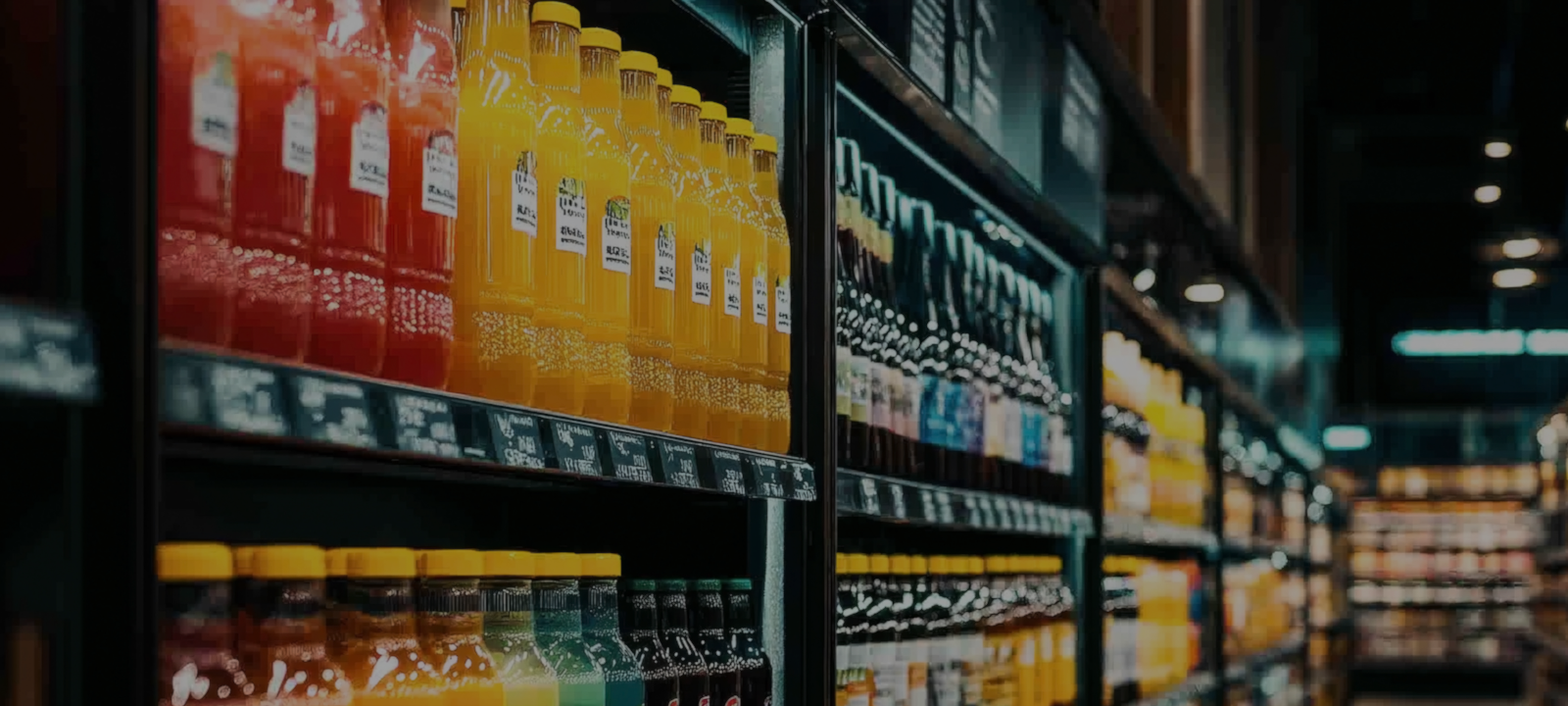By aligning packaging practices with operational efficiency and environmental goals, the retailer achieved significant cost reductions while enhancing sustainability metrics.
The e-commerce revolution has transformed the way consumers shop, offering unparalleled convenience and access. Behind the scenes, however, this shift is rewriting the rules for packaging. Long regarded as a mere necessity, packaging is emerging as a strategic lever for brand differentiation, cost efficiency, and sustainability.
How can businesses turn this often-overlooked element into a powerful tool for innovation and growth while meeting the demands of a rapidly evolving marketplace?
This article examines the changing dynamics of e-commerce packaging, exploring how businesses can turn challenges into opportunities and achieve lasting success through innovation and collaboration.
Diverging needs: online vs. in-store packaging
Online: Prevents damage from shipping (i.e., rough handling, stacking, and environmental factors like moisture) which requires sturdier materials (e.g., corrugated cardboard, bubble wrap)
In-store: Prevents damage from customer handling or store storage which requires less heavy-duty packaging since the product isn’t exposed to the risks of long-distance shipping
Online: More utilitarian, focusing on functionality rather than shelf appeal. However, it still needs to maintain brand consistency and reinforce brand loyalty
In-store: Designed to attract customers’ attention on the shelf with vibrant colors, detailed product images, and clear branding to stand out and convey the product’s value proposition.
Online: Considers the total cost of delivery incl. cost of materials, shipping weight, and dimensional weight pricing. Packaging design must reduce shipping costs and improve overall logistics efficiency.
In-store: Includes material costs, ease of assembly, and efficiency in (re-)stocking shelves. Packaging design must optimize space and reduce labor costs in handling and display
Online: Balances sustainability with the need for protection which involves using recyclable materials, minimizing excess packaging, and designing for easy separation of materials. Weight of products affects CO2 emissions from packaging by increasing fuel costs associated with transporting heavier loads.
In-store: Focuses on reducing material usage and improving recyclability. Retailers may prioritize packaging that is easy to dispose of within the store’s waste management systems
Online: The unboxing experience is a critical touchpoint which means packaging must be designed to create a memorable and positive experience, often including branded elements, personalized messages, and easy-to-open features.
In-store: The primary consumer interaction occurs at the point of sale. The packaging must facilitate easy access to the product for inspection and trial, if applicable.
The demands of e-commerce packaging differ fundamentally from those of traditional retail. In-store packaging is crafted to stand out on the shelf, capturing attention with vibrant designs and product information. E-commerce packaging, by contrast, is optimized for delivery. It must protect goods during transit, provide a seamless unboxing experience, and align with brand values.
Packaging Challenges for Online Businesses
-
Trade-offs & Consumer Experience
- E-commerce optimization: Design ready-to-ship packaging that balances functionality and unboxing experience
- Brand & consistency: Maintain brand integrity across regions while managing costs
- Consumer-centric solutions: Prioritize sustainability, convenience, and customization to meet evolving preferences
-
Supply chain & logistics
- Cost and MoQ barriers: High costs and large minimum order quantities strain smaller businesses with limited budgets
- Logistics challenges: Fragmented networks create delays and raise distribution costs
- Regulatory pressures: Frequent changes and global mandates demand adaptable and sustainable packaging strategies
-
Sustainability & cost efficiency
- Material constraints: Growing demand for sustainable materials faces limited supply and higher costs
- Operational hurdles: Sustainable solutions impact processes and require collaboration across industries and regions
- Cost optimization: Active cost management and design-to-cost approaches are essential to balance sustainability and affordability
Key considerations for e-commerce packaging include:
- Supply Chain: Packaging must withstand handling and transport conditions, balancing protection with material efficiency.
- Sustainability: Lightweight, recyclable materials reduce transportation emissions while appealing to eco-conscious consumers.
- Consumer experience: A well-designed unboxing moment can enhance brand loyalty, fostering deeper connections with customers.
For businesses operating in both domains, the challenge lies in navigating these divergent requirements without compromising brand integrity or operational efficiency.
Transforming packaging challenges into competitive advantages

The journey to packaging excellence in e-commerce is not without obstacles. High costs of sustainable materials, evolving regulations, and fragmented supply chains pose significant hurdles. Yet these challenges also spur innovation.
Collaborative approaches are proving effective. For example, engaging suppliers early in the design process enables businesses to explore new materials and streamline production. Similarly, adopting advanced testing protocols ensures that packaging meets both durability and aesthetic standards, minimizing waste and returns.
Success stories demonstrate that these challenges, when addressed with creativity and determination, can yield impressive results. One such example comes from the food industry, where a leading online retailer redefined its packaging strategy to balance sustainability, cost efficiency, and customer experience.
A leading online food retailer faced mounting challenges, including rising costs and growing pressure to adopt sustainable practices. Recognizing packaging as a key area for improvement, the company embarked on a transformative journey that would overhaul its approach and deliver measurable results.
Packaging optimization for an online food retailer – 4-step strategy to mitigate challenges and optimize packaging
Understand the status quo
- Comprehensive review of packaging
- Identification of optimization levers
- Supplier workshops
Design for efficiency
- Optimized packaging portfolio
- Exclusion of add-ons
Test & validate
- Quality assurance through sample testing
- Brand alignment assessment
Implement & communicate
- Rollout of new packaging
- Transparent consumer communication
As the online retail landscape evolves, packaging will continue to play a pivotal role in shaping consumer perceptions and operational success. Businesses that embrace sustainable innovation, foster cross-functional collaboration, and adapt to changing demands will lead the way in redefining packaging as a competitive advantage.
By prioritizing eco-conscious solutions and leveraging advanced strategies, companies can transform packaging from a logistical challenge into a driver of long-term growth and environmental stewardship. The future belongs to those ready to innovate and lead—one package at a time.







